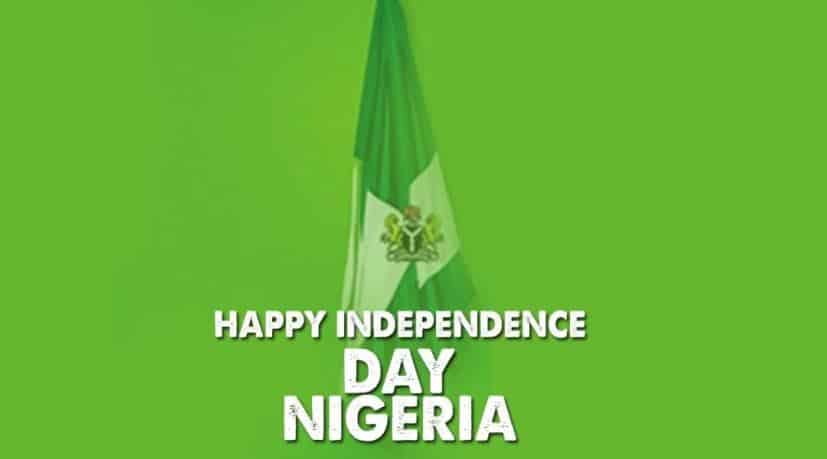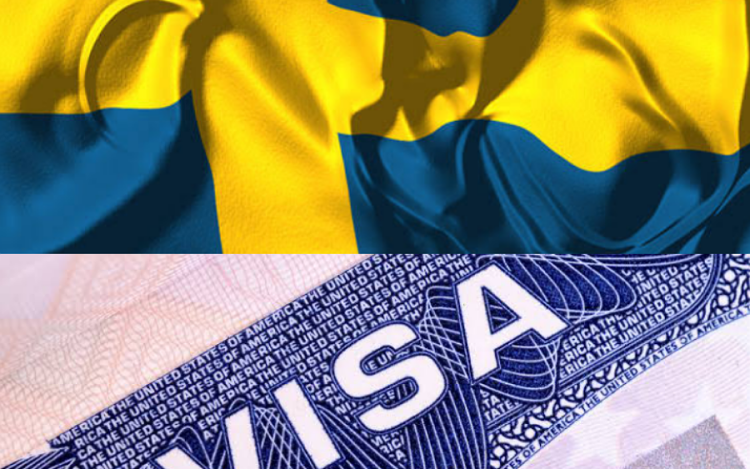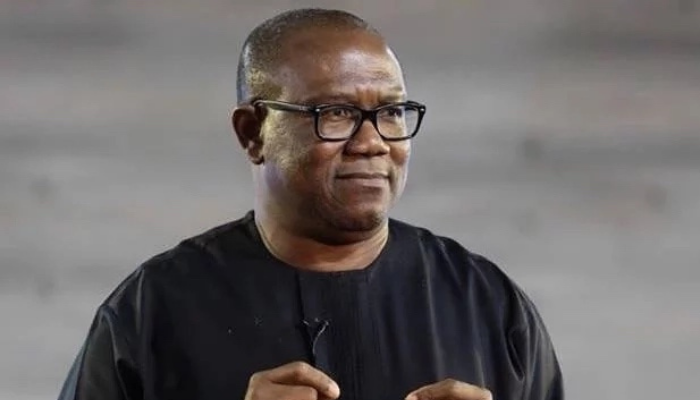Currencies
Nigeria Needs Over $30 Billion To Achieve Currency Stability
Nigeria is in the middle of a currency quagmire that has seen the exchange rate devalued by as much as 25% over the last one year. Based on our analysis, we believe Nigeria needs over $30 billion to avoid further depreciation at the official exchange rate level.
A repeat of recent history?
Before we get to the reason for the current crisis, let’s flashback a bit.
Back in 2016 when Nigeria faced what was then an unprecedented currency crisis, critics of the apex bank called for floating of the exchange rate. The debate raged on for months across the media, academia, and political circles. Several webinars were also held by those for and against the floating of the exchange rate.
The CBN responded with a slew of policies in a trial and error attempt to mitigate the issue. An example was the stillborn flexible exchange rate policy that turned out to be another version of capital controls disappointing supporters of a floating exchange rate. Eventually, the CBN introduced the Investor and Exporter window, giving foreign investors confidence to return to the market, albeit at a different (depreciated) rate to the official exchange rate.
What eventually gave the exchange rate the stability it required at the time and for the next 3 years was not the introduction of the I&E window but another central bank policy that offered foreign investors mouthwatering interest rates. The central bank lured foreign investors with interest rates as high as 17% per annum for risk-free treasury bills and OMO bills in exchange for their hard currency. This was between 2017 and 2019 and as the chart below depicts, this costly inflow of dollars kept Nigeria’s exchange rate stable for years
Towards the end of 2019, the central bank had decided it was time to taper off the expensive sale of risk-free securities by squeezing out liquidity from it and in effect sending interest rates crashing down to single-digit territories. The plan, it would seem, was that the expensive sale had stimulated the economy enough and it was time to taper off.
Unfortunately, covid-19 struck leading to a dual effect of a major crash in the price of crude oil (impacting government dollar earnings) and a major outflow of foreign portfolio investments from the country.
Thus began, the disparity and an increase in premium between official rates and parallel market rates that persist till today.
What’s the quickest way forward?
So, how do we get out of the currency imbroglio that we have found ourselves in?
Going by recent history, data suggests that we need an urgent spike in foreign investments (FPI and FDI), at least in the short term, an increase in interest rates and a painful but useful devaluation.
As most readers are aware, Nigeria relies a lot on oil for over 90% of its export earnings (see chart above). When oil revenues dwindle (as you can see above) we often face a currency crisis. Unfortunately, since 2015 when oil prices recorded the first major crash, we are yet to recover to the levels of revenues we were accustomed to.
Specifically, over the past 10 years, the average crude oil export proceeds of $45 billion between 2015 and 2020 ($36 billion in 2020) is a far cry from the almost $90 bllion average between 2011 to 2014. Unfortunately, Nigeria’s dollar funded imports has risen over this period. To cover this gap, Nigeria will either need to export more, borrow more (in dollars) or attract foreign investments.
In 2019, we had a net dollar outflow of $95.8 billion from the import of goods and services. It dropped to $68 billion in 2020 due to the pandemic, however, we estimate this demand to be above $100 billion today. Nigeria’s imports rose 22% in the first half of 2021 compared to 2020 and up 79% compared to the first half of 2019.
Juxtapose this with revenue from import of $40 billion average and we see a gaping hole of over about $55 billion (assuming $95 billion in demand). Nigeria also gets an average of $20 billion from remittances which helps in meeting our dollar demands. Net this off and you get an unmet demand for about $35 billion.
In a more stable economy, an increase in portfolio inflows may have helped to plug this hole, but the plunge we have seen in recent years means it is not a silver bullet and won’t even be an option if we continue with our current forex policies. Total capital importation in the first half of this year is just over $2.7 billion, hardly enough to plug the hole. It is unlikely that foreign investors will return in droves to this economy in the short term.
This leaves us with two major options. The first is to borrow heavily in foreign currency and the second is to reduce demand on imports. While Nigeria has a low debt to GDP ratio, its high debt service to revenue ratio means we have little room to borrow. The $4.5 billion recently borrowed via the FG Eurobond sale is welcome but will not go far enough either as that leaves us with an estimated excess of over $30 billion of demand to meet.
The plausible option, which is to reduce demand, can only be achieved through capital controls or a massive devaluation. The CBN has been practising capital controls since this crisis started last year, which is why we have seen a lot of restrictions on outflow of dollars and clamp down currency speculators. But given the plethora of avenues Nigerians have to demand for dollars the CBN simply can’t curb demand enough.
A massive devaluation appears to be an inevitable pill as an inevitable option. This perhaps may be the wake-up call Nigerians need to look inwards. This is perhaps the fastest way to curb the demand hole we cannot fill.
We have seen this happen twice in the last three decades. Firstly, was under Abacha when we went from under N22/$1 to over N80/$1 at the Inter-Bank. The second time was between 2014 and 2017 when we went from N187/$1 to about N360/$1.
It is an unpopular decision and it’s easy to see why the apex bank won’t go this route, especially given its desire to control the FX market in pursuit of its perceived price stability goals.
But we believe it is inevitable except a miracle happens. That miracle will have to lead to a combination of higher oil prices, higher oil revenue, an increase in non-oil dollar earnings and an influx of tens of billions of dollars of foreign investors’ money.
In a nutshell, the options before the Central Bank are:
Increase Interest Rate: The central bank may have to increase interest rates to attract foreign capital inflows into the country. An increase in interest rates will also encourage more Nigerians to save in naira and forgo speculating on the dollar or dollar-denominated assets. This is an expensive route but inevitable when you have the type of current account deficit we are faced with.
Devalue the currency: Or a currency adjustment as the apex bank refers to it, will involve a further devaluation of the currency. The Central Bank often does this when it is pushed to the wall with nowhere to go. The last devaluation was a few months ago when we went from N380 to N410/$1. Most analysts believe this is not enough considering the gap in current account deficits and the disparity in the black market. Devaluation also curbs Nigeria’s thirst for foreign imports.
Encourage Foreign Investment: This is often a natural sequence after interest rate is raised in an economy. Foreign investors are incentivized to keep their dollars in the country, if the interest rates are encouraging. It’s sweeter when this is also backed by a devaluation of the currency.





